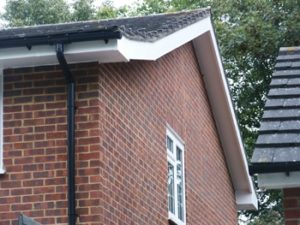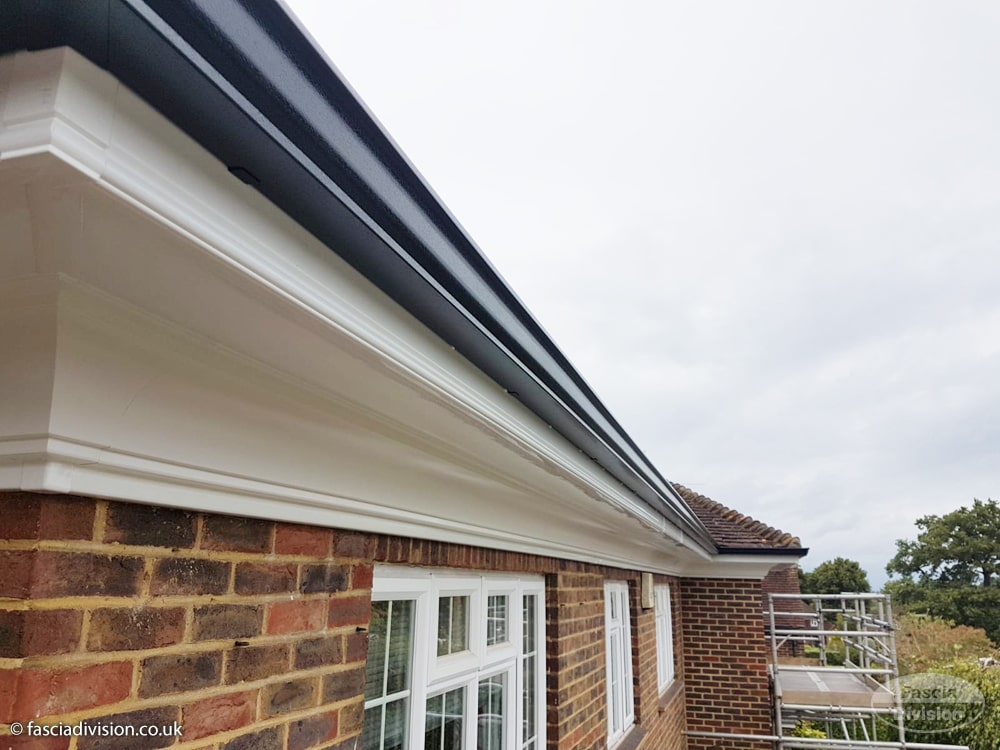Fascia boards play an important function in the structural stability and visual appeal of any structure. These horizontal boards are set up at the edge of the roof, acting as the main support group for the lower edge of the roofing and offering a tidy surface to the roofline. When these boards become harmed or used gradually, it may become needed for homeowners and building supervisors to consider replacement fascia boards. This post aims to supply in-depth insights into fascia boards, the replacement procedure, the different types of materials readily available, and regularly asked concerns.

Fascia boards serve numerous vital functions that contribute to the durability and functionality of a structure.
Identifying when replacement fascia boards are required is essential. Here are some typical indications showing the need for replacement:
When considering replacement fascias, different materials provide varying advantages and downsides. Comprehending these alternatives can assist homeowners make informed decisions. Below is a breakdown of common products:
| Material | Advantages | Disadvantages |
|---|---|---|
| Wood | Visual appeal, natural look | High maintenance, prone to rot |
| Vinyl | Low maintenance, resistant to moisture | Can fade in time, minimal color options |
| Aluminum | Durable, fireproof | May dent or scratch, less visual range |
| Fiber Cement | Incredibly long lasting, mimics wood look | Heavier, can be more pricey |
| PVC | Highly resistant to weather and rot | Greater in advance cost, may look less natural |
Changing fascia boards is a job that requires cautious preparation and execution. It can be carried out as a DIY task or contracted to a professional. Here's a step-by-step guide for homeowners considering a DIY method:
To maximize the life expectancy of replacement fascia boards, think about the following maintenance pointers:
Prices for fascia board replacement differs based on materials, labor, and the overall condition of the existing structure. Here's a series of costs homeowners can prepare for:
Fascia boards can last anywhere from 10 to 50 years depending upon the product and maintenance. Routine examinations can suggest when replacements are needed.
Yes, painting is an outstanding way to safeguard wooden fascia boards from wetness while enhancing curb appeal.
The very best material depends upon the residential or commercial property and individual choice. Vinyl is popular for its low maintenance, while wood is preferred for its aesthetic appeal.
While it is possible to change fascia boards in winter, moderate temperature levels are more beneficial for dealing with different materials and ensuring appropriate adhesion and sealing.

While lots of choose a DIY approach, speaking with a professional might be helpful for those lacking experience, specifically for examining underlying damage.
Replacement fascia boards play an essential role in the upkeep and look of a home. Comprehending the signs of damage, types of materials available, and the replacement procedure is very important for any house owner. By investing time and resources into keeping and replacing fascia boards, homeowner can ensure the safety and charm of their homes for many years to come.
Məlumat tapılmadı!
